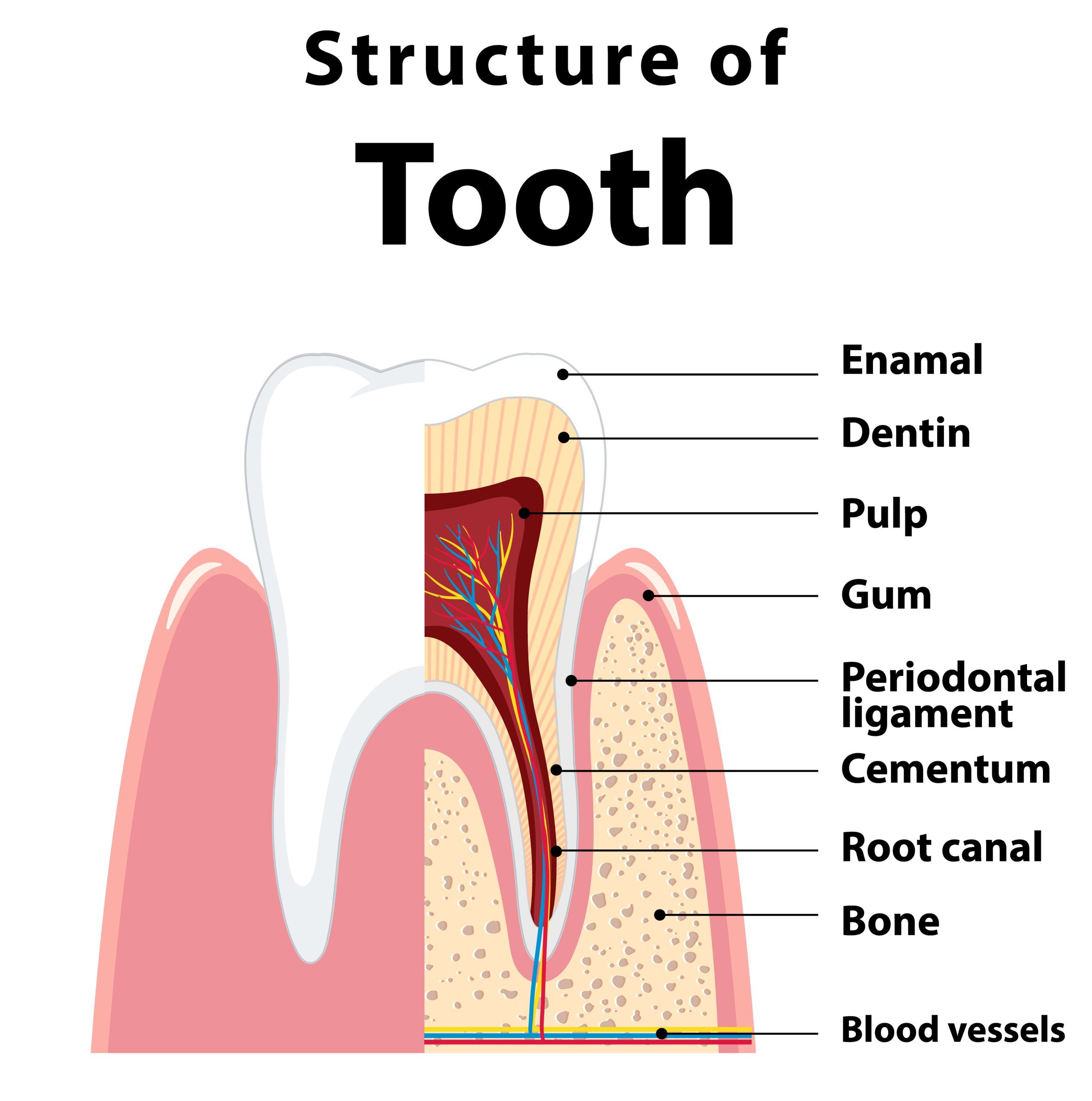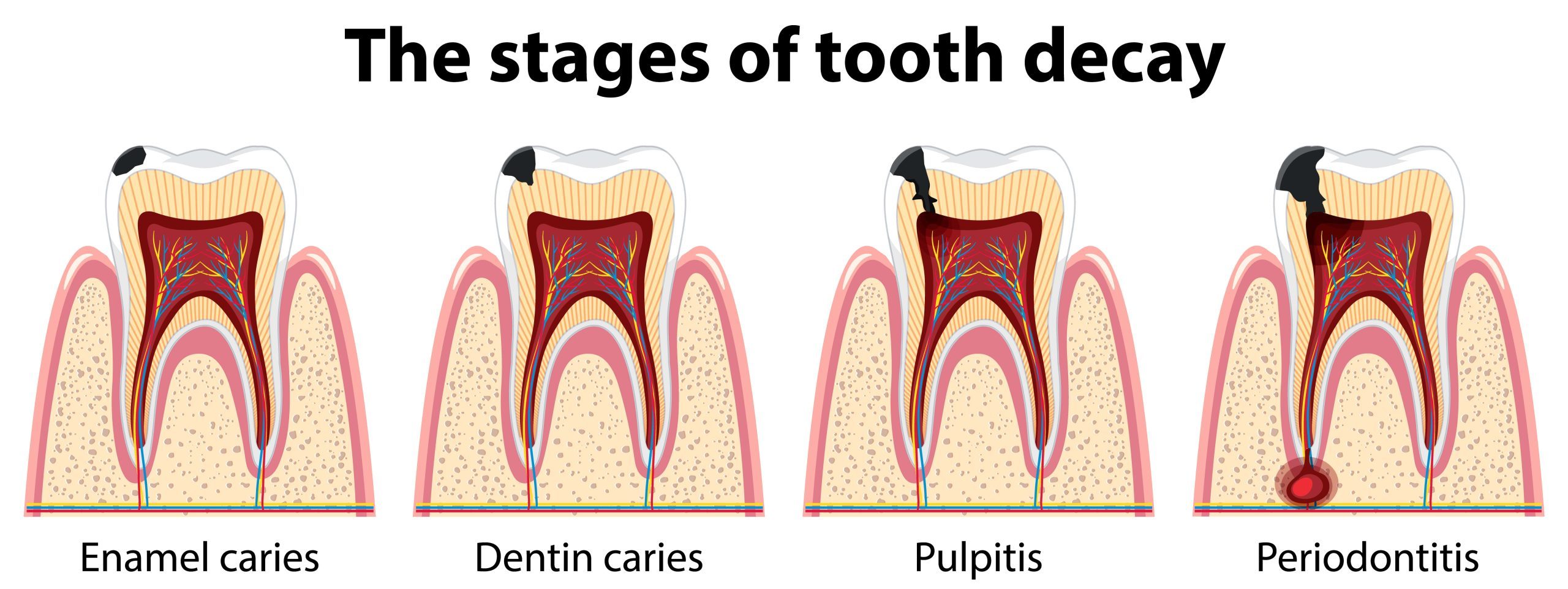Myths and Facts About Dental Root Canals: Setting the Record Straight

When patients hear the words “root canal,” fear or concern often follows. Root canal treatment has long been one of the most misunderstood dental procedures, thanks to decades of misinformation and misunderstood portrayals that paint it as painful and unnecessary or as an ineffective dental procedure. In truth, modern root canal treatment is a safe, highly effective, and pain-relieving dental procedure that can save your natural tooth.
In this blog, we at My Local Dentists are setting the record straight by debunking the most common myths surrounding root canals and revealing the facts—based on evidence and expert guidelines from trusted organisations like the Australian Dental Association (ADA) and American Dental Association (ADA).
Whether you’re in Sydney or anywhere across Australia, understanding the truth about root canal treatment could save you pain, money, and even your smile.
What is a Root Canal Treatment?
We need to understand the structure of a tooth to understand root canal treatment. There are 3 structural layers to a tooth, the outer Enamel, the middle Dentine, and the Inner Pulp/Root Canal tunnel space which contains the nerve/blood supply of the tooth. The Inner Pulp/Nerve/Root Canal space is meant to be completely sealed off and protected from bacteria and the outside world.

A root canal treatment (also known as endodontic treatment) is a dental procedure that treats and cleans the infection or inflammation within the pulp and nerve —the soft tissue inside the root canal of a tooth. The infection or inflammation of the nerve and pulp of the tooth is often caused by tooth decay, but it can also be caused by trauma or cracks. This pulp contains nerves, blood vessels, and connective tissue. When it’s infected due to decay, trauma, or cracks, a root canal is needed to:
- Remove the diseased and infected pulp
- Clean and disinfect the canal
- Fill and seal the canal
- Restore the tooth with a crown or filling
Root canal treatment is a tooth-saving procedure designed to alleviate pain—not cause it.

Myth #1: Root Canals Are Extremely Painful
Fact: Root canals relieve pain—they don’t cause it.
Thanks to modern dental technology and effective local anaesthetics, getting a root canal feels no more uncomfortable than getting a routine filling. In fact, the purpose of a root canal is to relieve the intense toothache caused by an infected or inflamed pulp.
According to the American Association of Endodontists, over 15 million root canal procedures are performed each year, with most patients reporting positive experiences.
In Australia, dentists follow strict infection control and sedation protocols outlined by the Australian Dental Association, ensuring patient comfort throughout the procedure.
Takeaway: The pain comes before the procedure—not during it. A root canal stops the pain and saves your tooth.
Myth #2: Tooth Extraction is Better Than a Root Canal
Fact: Saving your natural tooth is almost always the best option.
While extraction may seem easier or cheaper upfront, nothing beats your natural tooth in terms of strength, function, and aesthetics. Root canals preserve the natural structure of the tooth, maintain proper chewing function, and prevent nearby teeth from shifting.
The ADA and Australian Dental Association both recommend preserving natural teeth wherever possible because:
- Extractions may lead to bone loss and bite problems
- Replacing a tooth with a bridge or implant is more costly and time-consuming
- Natural teeth have better longevity with proper care
Takeaway: A root canal is often the more affordable, less invasive, and more sustainable long-term solution.
Myth #3: Root Canals Cause Illness or Disease
Fact: This myth is outdated and scientifically disproven.
The idea that root canals cause systemic diseases originated from flawed research in the 1920s by Dr. Weston Price. His studies suggested that bacteria from a root canal could travel through the body and cause chronic illness. These studies have since been thoroughly debunked by modern research.
The American Dental Association, Australian Dental Association, and World Health Organization have all confirmed that there is no valid scientific evidence linking root canal therapy to diseases elsewhere in the body.
Recent studies, including those published in the Journal of the American Dental Association, support the safety and efficacy of root canal treatments.
Takeaway: Root canals are safe, scientifically validated, and performed under strict hygiene conditions.
Myth #4: If You’re Not in Pain, You Don’t Need a Root Canal
Fact: Not all dental infections cause pain initially.
While pain is a common symptom, it is not the only indicator of a dental problem. Some infected teeth show no symptoms at all. A dental X-ray or routine examination may reveal a silent infection or abscess that requires treatment.
Symptoms that may indicate the need for a root canal include:
- Sensitivity to hot or cold that lingers
- Swelling or tenderness in the gums
- Darkening or discolouration of the tooth
- A small bump on the gum near the tooth
Ignoring an infection can lead to more severe complications, including bone loss, systemic infection, and tooth loss.
Takeaway: Regular dental check-ups can catch infections early—even when there’s no pain.
Myth #5: Root Canal Treated Teeth Don’t Last Long
Fact: With proper care, they can last a lifetime.
Root canal-treated teeth can function just like any other tooth for decades. After the procedure, the tooth is usually restored with a dental crown, which strengthens and protects it.
According to a 2020 study in the Journal of Endodontics, the survival rate of root canal-treated teeth is over 90% after 10 years. This is especially true when the procedure is performed by experienced clinicians and followed by proper restoration and hygiene practices.
To maximise longevity:
- Maintain excellent oral hygiene
- Visit your dentist regularly
- Avoid chewing hard foods on the restored tooth
Takeaway: A root canal, followed by a good restoration, is a long-lasting solution.
Myth #6: The Procedure Takes Many Appointments
Fact: Many root canals are completed in just one or two visits.
Thanks to advances in digital imaging, rotary tools, and endodontic techniques, most root canals today are completed in a single visit. Complex cases may require two or more appointments, but even then, the total treatment time is shorter than you might expect.
Takeaway: Root canal therapy is more efficient and convenient than ever.

Myth #7: Only Specialists Can Perform Root Canals
Fact: General dentists and endodontists both perform root canals.
While complex root canal cases may be referred to a specialist (endodontist), many general dentists, including our team at My Local Dentists, are well-trained and experienced in root canal procedures.
Endodontists handle complicated cases involving curved roots, retreatments, or previously failed procedures. Your general dentist will always advise the best course of action based on your specific case.
Takeaway: Most patients can receive root canal treatment from their regular trusted dentist.
Myth #8: Root Canals Are Expensive and Not Worth It
Fact: Root canals are cost-effective compared to tooth loss.
While the upfront cost of a root canal may seem high, the long-term cost of extraction, tooth replacement, and complications can be much greater. Options like dental implants or bridges involve surgery and multiple appointments—often costing thousands more than a root canal.
In Australia, private health insurance often covers a portion of root canal therapy and restorations, and Medicare may assist in certain public dental settings.
At My Local Dentists, we also offer flexible payment plans and interest-free options, making essential treatment more accessible.
Takeaway: Root canals are an investment in long-term oral health and function.
What Happens After a Root Canal?
After your root canal treatment, you may experience mild soreness for a few days, which can be managed with over-the-counter pain relief and soft foods. Once the tooth is sealed, it is often fitted with a dental crown to restore its strength and appearance, especially the back molars or if the tooth structure is not structurally sound. Crowns or veneers may be required for the front teeth if they become discoloured due to the infected/dead nerve of the tooth.
Your dentist will monitor the tooth during your routine check-ups to ensure the healing process is progressing well.
Preventing the Need for a Root Canal
While root canals are safe and effective, prevention is always best. Here’s how you can reduce your risk:
✅ Brush and floss daily
✅ Visit your dentist every 6 months
✅ Address tooth decay or damage early
✅ Wear a mouthguard for contact sports
✅ Avoid chewing ice or hard candies
Final Word: Trust the Facts, Not the Myths
Dental root canals have come a long way from their painful past. With modern technology, scientific backing, and the gentle care of trained professionals, a root canal is now a comfortable and reliable way to save your natural teeth.
At My Local Dentists, our mission is to educate and empower patients with accurate, evidence-based information. If you’re experiencing tooth pain or suspect you may need a root canal, don’t delay. Early intervention is the key to saving your tooth and avoiding further complications.
Ready to Learn More or Book an Appointment?
Contact My Local Dentists today to speak with one of our friendly team members or book an appointment online. We’re here to answer your questions, ease your concerns, and help you achieve a healthy, pain-free smile.
References:
- Australian Dental Association. www.ada.org.au
- American Dental Association. www.ada.org
- American Association of Endodontists. www.aae.org
- Siqueira JF Jr., Rôças IN. “Microbiology and treatment of endodontic infections.” J Dent Res.
- Torabinejad M, et al. “Survival of endodontically treated teeth: a systematic review.” J Endod (2020)
Australian Government Department of Health. www.health.gov.au
